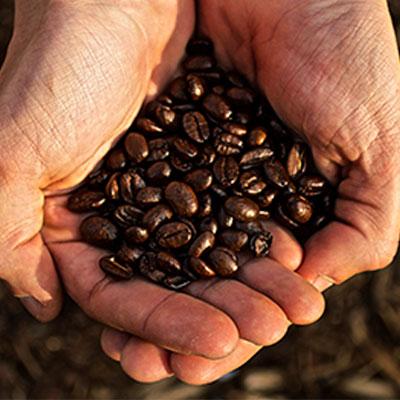Coffee sales of Brazil’s 2023 crop remain slow, with greater regional linearity in the commercial flow, although there is still strong resistance to sales by growers in Mogiana, the south of Minas Gerais, and mainly the Cerrado of Minas Gerais. Conillon sellers showed more interest but without any haste. In general terms, the sales flow continues to be linked to the need for cash, despite greater flexibility on the growers’ side. The good blossoming of Brazil’s 2024 crop and the high financial volatility helped to break this rigidity a little and served as a trigger for greater commercial interest.
The SAFRAS survey showed growers committed 56% of the potential of Brazil’s 2023 crop until October 17. This percentage involves, besides physical sales, barter operations and lock-ins by trading companies, as well as negotiation rollovers from the past season. Sales increased 6% from last month. The sales flow continues below the same period last year, when it reached 60% of the expected production, and below the 5-year average of 59% (from 2018 to 2022).
Arabica coffee sales reach 52% of production, below the same period last year, when 58% had already been negotiated and the 5-year average (57%). The larger crop reaped this year justifies this slower percentage performance. Furthermore, the downward movement of adjustment, after the recent price lows, also favors this shorter stance on the part of sellers, especially the most capitalized ones.
Conillon sales have now entered the so-called automatic pilot. The increase in the conillon 13 up differential in the port of Vitória ends up making the description less competitive in the foreign market, which of course impacts the sales flow, which had been quite strong – Brazil shipped 1.82 mln bags of robusta in the period between July and September this year. The arrival of Vietnam on the market and more expensive differentials in Brazilian coffee should take Brazilian origins off the radar of the international market. As a result, the sales flow must be driven to domestic consumption, since the industry, especially of roasted and ground coffee, is more aggressive than external demand and sustaining prices above export parity. This strategy aims to inhibit a greater increase in the volume of exports, which could generate shortages and higher prices in the off-season. Thus, conillon sales in Brazil reach 62% of the 2023 crop, slightly below the 64% sold in the same period last year and the 63% of the 5-year average.

